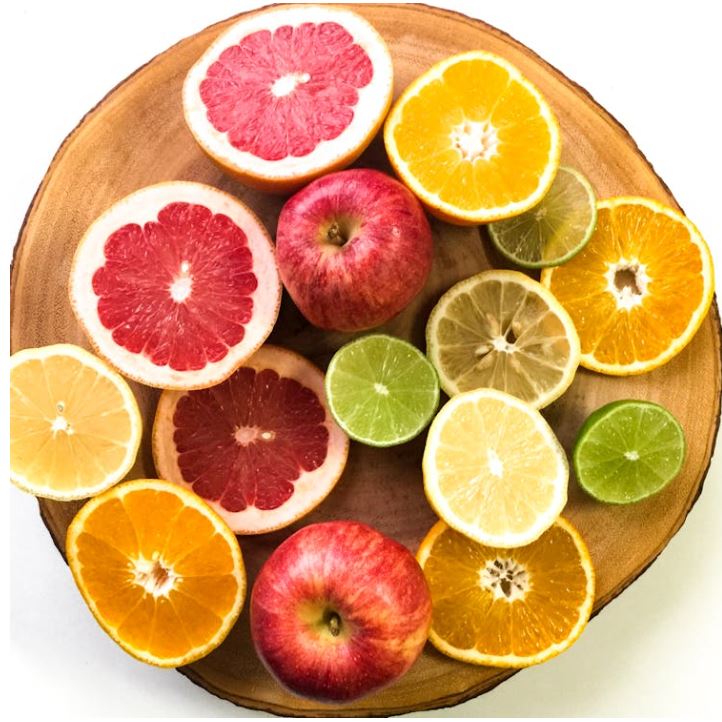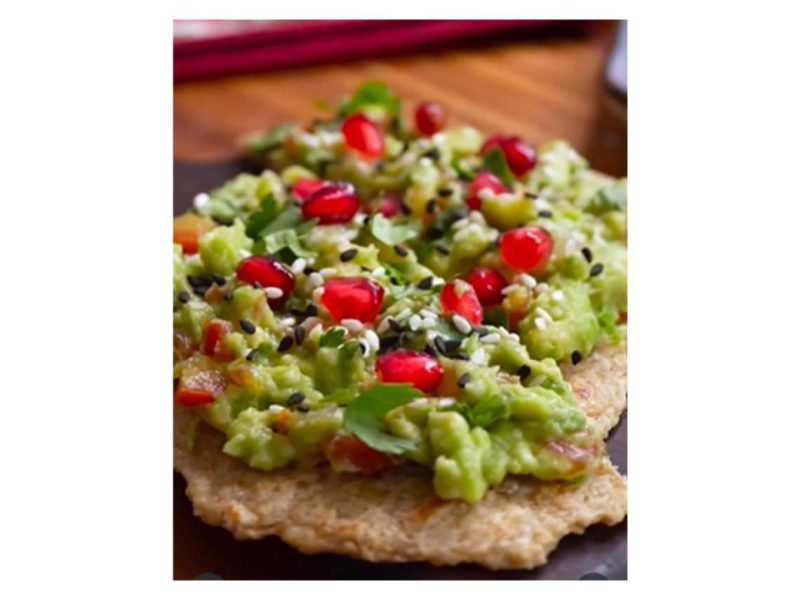If they have no physical activity at all, in that case, they might not want to eat as much as they usually do. This essentially means tiredness and activity levels have a direct impact on children’s appetite…writes Dr. Ganesh Kadhe
Nutrition is one of the key areas of effort for parents during their kids’ formative years, but a childs fussy eating habits can be incredibly frustrating for a parent to manage. Fussy eating occurs amongst children due to early age feeding difficulties and food, taste preferences, late introduction to solid/semi-solid food and pressure to adopt eating habits. Before you resort to bribing them with a yummy dessert or fast-food items like burgers and pizzas, let us explain why this happens.
Reasons why your child is a fussy eater
Taste: Children are born with a natural preference for sweet tastes. They crave higher levels of sweetness compared to adults. For example, they may not enjoy having vegetables as much as a sweet treat which turns them into reject healthier food and makes them a fussy eater. As they grow up, kids may increase their liking for bitter or sour food with repeated exposure and if they are accompanied with something sweet and as their taste buds evolve.
Composition of food: You must have noticed your child prefers foods such as slices of bread, cakes, breadsticks, crackers, chicken nuggets, and chips, over anything else put on the table. The reason here is that they do not have to put much effort into chewing and swallowing these foods as they are processed foods with no added nutritional value to them. The second reason why the younger ones prefer these foods is that they are starchy carbohydrates. A child prefers carbohydrates as the preferred source of fuel.

Distraction and Appetite: Have you ever considered spacing out the timings of meals and snacks for your children? It may often happen that snacking close to mealtime may reduce their desire to eat the meal and hence take the edge off their appetite. It is essential to structure mealtime and snacks, especially without any screen in front of them. Screentime during meals can lead them to overeat when they grow up or simply not eating enough.
Spoon feeding: Children will, of course, eat more if their plates are loaded with food by a parent, but that is not what we are looking for in the long run. The aim for young children is for them to internally understand their hunger cues and fullness quotient. It’s best to let them self-feed under parental supervision to naturally know and remember the feeling of fullness.
Activity levels: If your child has been running around the park during holidays, has had a busy day or has over-exerted his/her brains by visiting a new place or learning a new thing, it leads to an increase in appetite. If they have no physical activity at all, in that case, they might not want to eat as much as they usually do. This essentially means tiredness and activity levels have a direct impact on children’s appetite
How to tackle fussy eaters
Fussy eating is not just frustrating for parents, but it also leads to low immunity, low weight for age, and low height. You can tackle your child’s fussy habits and teach the importance of healthy eating habits in the following ways:
Have set mealtimes.
Choose healthy food options and introduce one new tasty and nutritious food at least once a day. Be patient as your child may require repeated exposure to a new food before he/she adapts to it.
Create a family table without any electronic devices or distractions where everyone eats together
Incorporate a nutritional supplement or drink like Pediasure into your child’s meal. It offers a complete and balanced nutrition solution with 37 nutrients and bridges the nutritional gap caused due to fussy eating habits
Make it fun: Be creative in how you present healthy but not necessarily tasty food. Add veggies to their favourite pasta, and add a side of dipping sauce to the plate of broccoli. Have fun with it!
Nutrition fundamentals that apply to all kids; Whether your children eat everything, are picky eaters or will try anything once, it’s important for them to get the right mix of nutrients that will help them develop healthy bodies, strong bones, and bright minds.
The following are the food groups and nutrients a child’s meal plan should consist of:
Protein: For building muscles, other tissues, and a healthy immune system
Fruits and vegetables: For a nutritional fibre intake, source of vitamins & minerals
Grains: As a source of carbohydrates and energy

Iron: For making healthy red blood cells that carry oxygen through the body and prevent anaemia
Vitamin D: For strong, healthy bones
Calcium: It helps build strong bones.
Healthy fats: For brain and nerve development, they also aid nutrient absorption
Vitamin C: For a healthy immune system, healing, and absorption of iron
Dealing with a child’s fussy eating habits can be challenging but try not to get frustrated as this is typical behaviour of most toddlers. Just make healthy food choices available and know that, with time, your child’s appetite and eating behaviours will evolve.














